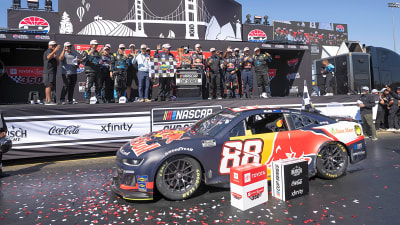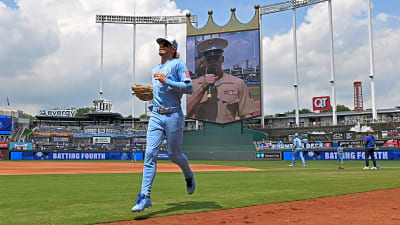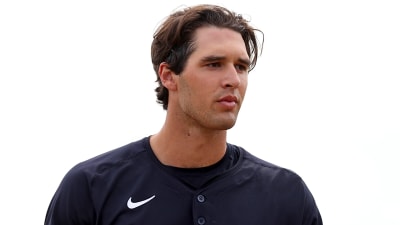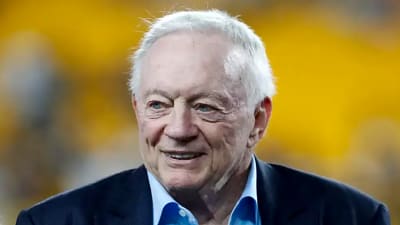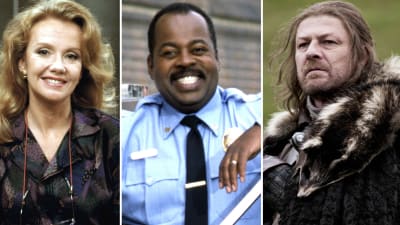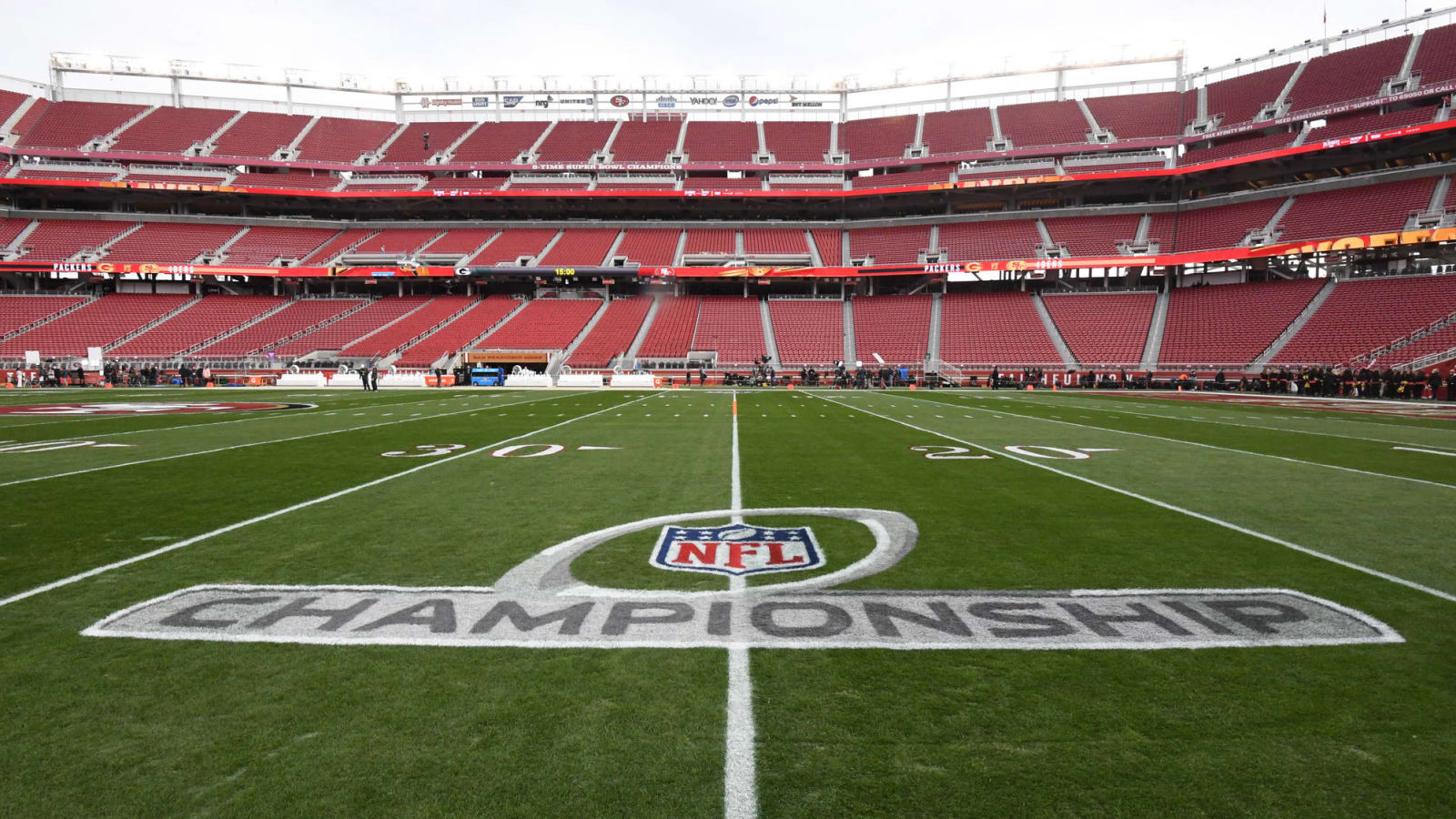
10 offseason ripple effects of COVID-19 for NFL
COVID-19 has already prompted the NFL to close team facilities, eliminate visits and workouts for free agents and draft prospects, radically strip down the draft and postpone offseason activities indefinitely. Soon, the league will face more significant challenges.
With it being a near-lock the coronavirus forces the cancellation of OTAs and minicamps, the NFL will enter unprecedented territory. Here are 10 issues that will grip teams and the league during what will almost certainly be the most unusual offseason in modern NFL history.
Teams that hired new coaches, coordinators are behind
Franchises with new head coaches ordinarily have a two-week head start on those with holdover staffs. Of those five that changed coaches, the Cowboys have an advantage since they retained offensive coordinator Kellen Moore. The Browns, Giants, Panthers and Redskins all have new OCs (or play-calling HCs) and face the likelihood of not seeing their players until training camp and installing schemes on the fly.
This is not unprecedented; it happened during the 2011 lockout. But various issues caused by the COVID-19 pandemic differentiates this year. It is not even known when coaches will be able to return to facilities. These adjustments will make first-year coaching staffs –- particularly the Panthers, Giants and Browns, who hired first-time NFL head coaches -– embark on a challenging process.
Relocating quarterbacks in for unusual acclimation
Tom Brady, Philip Rivers, Nick Foles and Teddy Bridgewater will be able to digest playbooks for months in advance of training camp –- a luxury relocating free agents did not have during the 2011 lockout, when free agency was postponed until August. But unlike 2011, quarterbacks changing teams will face difficulties gathering their new skill-position teammates for independent workouts. That will slow the rapport-building time crucial to wideouts and tight ends meshing with passers in new surroundings.
Not only will these wealthy QBs experience never-before-seen issues rounding up teammates for throwing sessions, due to the nationwide quarantines and certain states’ shelter-in-place orders, but travel will be a problem for the lot of these passers and skill talents.
An evolving Patriots receiving corps struggled to stay on the same page with Brady last season. Although the Buccaneers’ Mike Evans- and Chris Godwin-fronted crew boasts more talent, coronavirus-altered NFL rules will truncate Brady’s and his relocating peers’ acclimation periods. It will then be vital that training camps start on time; those workouts will be far more important this year.
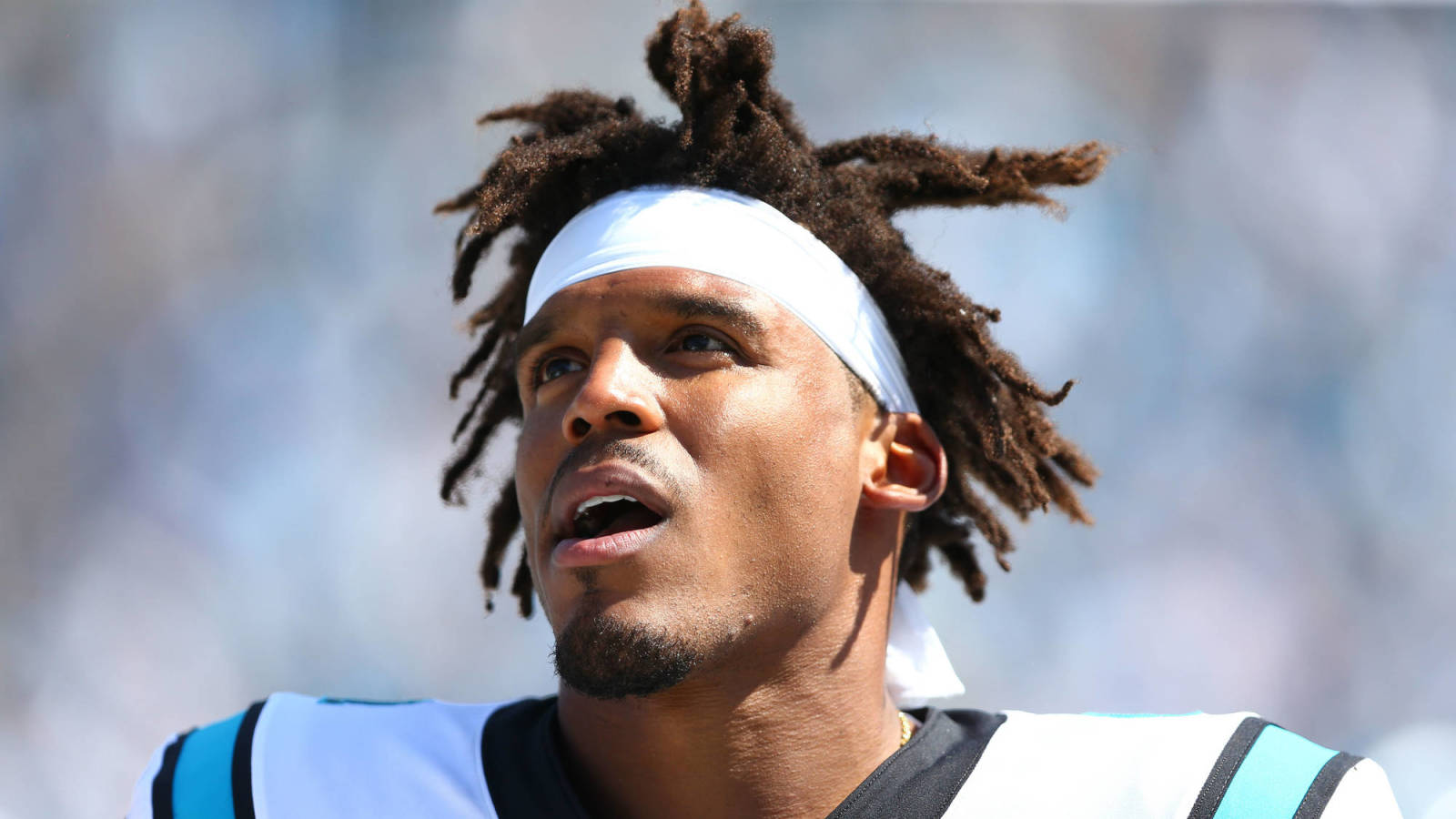
Injured players dealt bad hands
As Cam Newton’s release showed, this is not a normal year for NFL transactions. The former MVP would have generated a trade market in a normal offseason, but in this restricted climate, Carolina cut its longtime centerpiece. Teams’ medical staffs cannot examine free agents, which may lead to lower-profile players with injury questions languishing in free agency for months. This will affect their earning power and force many to accept one-year deals in hopes of 2021 paydays.
Draft-declared prospects with medical questions will be in a different limbo sector. The NFL ban of pre-draft workouts and visits will likely make teams more skittish about investing in players with injury pasts. Alabama's Tua Tagovailoa may be above this, but some players’ stocks may drop because of the pandemic.
Draft unknowns will affect teams’, players’ trajectories
The league has already reduced the draft from the festival atmosphere of recent years to a minimalist event. Now the NFL is fielding concerns from GMs, who want the draft delayed. The draft remains scheduled for April 23-25. But teams not having pro days, workouts and their usual 30 prospect visits to gauge value and organizational fits will make assembling big boards quite the task for the 32 front offices. The mystery surrounding 2020’s group of prospects will result in more draft-weekend missteps. Conversely, the absence of the traditional pre-draft routine will simplify the process. Players will be judged on game film, Scouting Combine numbers and the rapid-fire meetings that occurred in Indianapolis. GMs certainly do not believe that is sufficient, with “30” visits and private workouts a crucial part of franchises’ investment strategies. Players hoping to make better impressions than they did in Indianapolis also received a bad break that will affect some draftees’ early-2020s paychecks.
A special challenge for offensive linemen
Developing offensive linemen became a minefield early in the 2010s. The reduction in offseason work coupled with the end of two-a-day practices –- along with the rise of college spread offenses –- made counting on offensive line prospects dicey. The new CBA’s ratification will make O-line development even more difficult in the 2020s. But in this offseason, the confluence of the new work rules and the COVID-19 changes will present a maddening challenge for O-line coaches and their pupils.
This CBA slashes padded training camp practices from 28 to 16 and reduces max practice times from three hours to 2½ hours. That will be an issue for teams to navigate in full offseasons, but in one that will likely bar players from team facilities until at least training camps, young O-linemen will become even less dependable. That, in turn, will affect quality of play early in the regular season, minimizing rushing attacks’ impact and increasing the chances of quarterback injuries.
How will players prepare for training camp?
More than 60% of NFL players earn league-minimum salaries. Save for first-round picks, NFLers on rookie contracts are mostly tied to six-figure wages. As COVID-19 spreads, the number of cities and states to institute quarantine measures will increase. Considering the bulk of the NFL's talent base likely does not possess elaborate home gym setups, the various shelter-in-place efforts could have a significant effect on players’ ability to train independently.
Football requires a substantial commitment to physical development and maintenance. In a normal year, players return to their respective facilities in early April for voluntary (mandatory) offseason workouts. The 2011 lockout prevented that too, but obviously players were not restricted from accessing high-end equipment on their own. The prospect of players going from quarantines to condensed workout windows to training camp is a recipe for season-altering injuries once teams reconvene.
About those private workouts…
Ninety-man offseason rosters mean a near-3,000-player workforce each summer. This many working out on their own -– and in this year’s case, that will mean many doing so without teammates or training staff present -– opens the door to off-site injuries and future grievances. If a player suffers an injury while working out away from a team facility, the team can place him on the non-football injury list. Franchises do not have to pay players on NFI lists. While these problems are not widespread annually, circumstances this year point to NFI issues generating more headlines.
Select rookies’ agents have negotiated that teams must pay their clients if they land on the NFI list, and given the backdrop of this offseason, it will be interesting to see if more agents push for such clauses. For non-rookies who have already signed contracts without such protection, the extensive work that will be done away from team headquarters will cause problems.
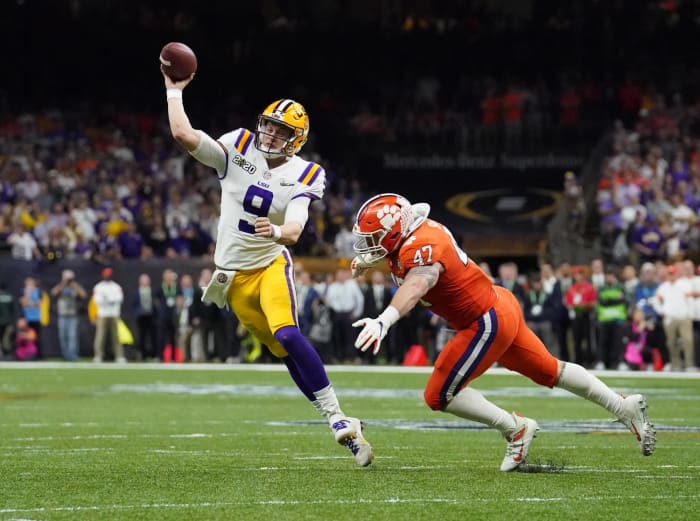
Should expectations be lowered for rookie quarterbacks, wideouts?
At least three teams will exit the draft with their respective futures tied to Joe Burrow, Tua Tagovailoa and Justin Herbert. Most of the league’s personnel staffs are enamored with an insanely deep wide receiver draft class. But with no offseason and most of these prospects in varying degrees of quarantines, delivering quality rookie seasons will become tougher for them. These rookies will face the same issues as the veterans regarding travel and workout restrictions.
Regarding quarterback picks, this might not impact the Bengals or Dolphins much. Both teams are in rebuild mode, Miami more than Cincinnati. But the Chargers just signed three standout 30-somethings -– cornerback Chris Harris, right tackle Bryan Bulaga and defensive tackle Linval Joseph –- and are moving into a new stadium on the heels of a historic stretch of home-market apathy. Expected to either draft a quarterback at No. 6 overall or trade up for one, the Bolts need their rookie passer to catch on quickly. This is the wrong year to bet on that.
What happens if/when players contract the virus?
An obvious reason why June minicamps will be canceled: the earlier players return the better chance they stand to have of contracting the coronavirus. Saints coach Sean Payton revealed his positive test; the first player testing positive probably will not be far away.
The NFL has approximately four months until training camps open. It is obviously not certain what kind of shape the country will be in by then, but training camps feature dozens of players and coaches in close quarters. (Thousands of fans blanket practice fields each August; that now seems unlikely.) If a player contracts COVID-19, it would threaten to force the league to push pause again and further hijack teams’ preparations. Numerous hurdles exist for the league to create a realistic scenario of its teams getting through training camp without this happening.
The elephant in the room
Nearly every coronavirus-related fear dwarfs the NFL’s offseason being nixed, but for pure football purposes, a reality of training camps and the 2020 season being affected should be discussed more than it currently is. The NBA continues to push back its last-ditch date to salvage its playoffs; fan-less postseason atmospheres remain in play. The Olympics were moved off their scheduled dates for the first time since World War II. With football featuring the most players on the field and most physical contact among major American sports, it is not farfetched the NFL will need to delay its season or shorten it.
From a competitive standpoint, training camps being delayed or canceled would open Pandora’s box. Everything from season length, player contracts, future salary caps, the Super Bowl date, etc., could tilt off axis. Teams with narrower championship windows -– like the Saints, Steelers or Bucs -– would be at risk of seeing their roster blueprints irrevocably altered if it gets to the point where the season becomes in jeopardy. The 1982 season was shortened to nine games because of a players’ strike, and World War II depleted the NFL in the ‘40s. No season has been canceled.
Contingencies of this nature are not yet on the NFL’s agenda, but given the chaos enveloping the sports world, backup plans should soon emerge for the country’s most popular sports league.
More must-reads:
- NFL, general managers in dispute of when 2020 draft should happen
- Report: NFL plans to use draft to raise money for COVID-19 relief
- The 'NFL head coaches' quiz
Breaking News
Trending News
Customize Your Newsletter
 +
+
Get the latest news and rumors, customized to your favorite sports and teams. Emailed daily. Always free!
